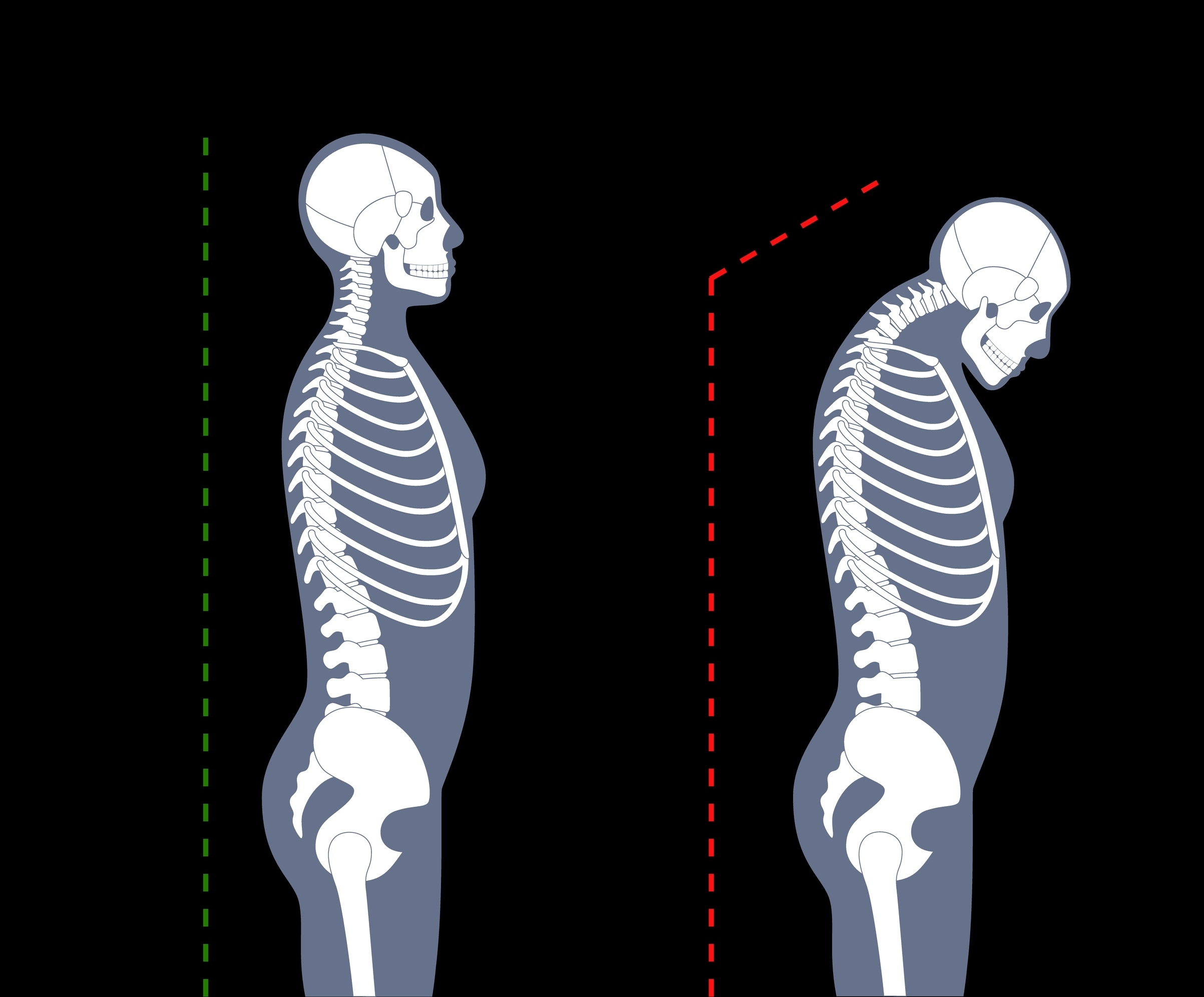Sciatica can be a debilitating condition, causing pain, tingling, and numbness that radiates along the sciatic nerve, which runs from the lower back down through the legs.
For those suffering from sciatica, finding effective treatment options is crucial for managing symptoms and improving quality of life.
In this blog post, we explore whether a chiropractor can help with sciatica, diving into the condition, treatment options, and the role chiropractic care may play in providing relief.
What Is Sciatica
Sciatica is typically caused by compression or irritation of the sciatic nerve, often due to a herniated disc, bone spur, or spinal stenosis.
This compression can lead to symptoms such as sharp or shooting pain in the lower back, buttocks, and legs, as well as numbness, tingling, and muscle weakness.
The intensity of symptoms can vary, with some experiencing mild discomfort while others face severe pain that interferes with daily activities and quality of life.
How Can Chiropractors Help With Sciatica
Chiropractors are trained to diagnose and treat musculoskeletal conditions, including those related to the spine and nervous system.
While sciatica has various underlying causes, chiropractic care improves mobility, and reduces nerve irritation—all of which can contribute to alleviating sciatic pain.
Through manual adjustments, chiropractors aim to relieve pressure on the sciatic nerve, and promote optimal function of the nervous system.
The Sciatica Treatment
The treatment process begins with a thorough evaluation to assess the root cause of sciatic pain and determine the most appropriate course of action.
Chiropractic adjustments, which involve gentle and targeted manipulation of the spine, are a cornerstone of treatment for sciatica.
These adjustments aim to reduce inflammation, and alleviate pressure on the sciatic nerve.
In addition to adjustments, chiropractors may incorporate other modalities such as therapeutic exercises, stretching, and lifestyle recommendations to enhance the effectiveness of treatment and prevent recurrence of symptoms.
Considerations
While chiropractic care can offer significant relief for many individuals with sciatica, certain factors must be considered before pursuing treatment.
The effectiveness of chiropractic care may depend on factors such as the underlying cause of sciatica, the severity of symptoms, and the individual’s overall health and medical history.
Additionally, chiropractic treatment may not be suitable for everyone, particularly those with certain medical conditions or contraindications to spinal manipulation.
It’s crucial to consult a qualified healthcare provider to determine if chiropractic care is safe and appropriate for managing sciatica.
Treatment Aftercare
Aftercare plays a vital role in maximizing the benefits of chiropractic treatment for sciatica and preventing the recurrence of symptoms. This may involve incorporating recommended exercises and stretches into daily routines to improve spinal mobility and strengthen supporting muscles.
Additionally, maintaining regular chiropractic adjustments as needed can help sustain spinal health and minimize the risk of future flare-ups.
Open communication with the chiropractor about any changes in symptoms or concerns is essential for tailoring aftercare recommendations to the individual’s specific needs and promoting long-term relief.
Chiropractor Considerations
Before seeking chiropractic care for sciatica, it’s essential to conduct thorough research and gather information about the credentials and experience of the chiropractor.
It’s also crucial to communicate openly with the chiropractor about any pre-existing medical conditions, previous treatments, or concerns regarding the proposed treatment plan.
By establishing clear communication and realistic expectations from the outset, individuals can make informed decisions about their care and increase the likelihood of a positive treatment outcome.
Conclusion
In conclusion, chiropractic care can be a valuable and effective option for managing sciatica and alleviating associated pain and discomfort.
By reducing nerve irritation, chiropractors can help to restore function and improve quality of life for individuals grappling with sciatica.
However, chiropractic care must be approached as part of a comprehensive treatment plan tailored to each individual’s unique needs and circumstances.
By working closely with a qualified chiropractor and integrating chiropractic care into a holistic approach to wellness, individuals with sciatica can take proactive steps toward long-term relief and optimal spinal health.
If you’re struggling with sciatica and are considering chiropractic care as part of your treatment plan, we’re here to help.
Our team of experienced chiropractors is dedicated to providing personalized care and support to help you find relief from sciatic pain. Contact us today to schedule a consultation and take the first step towards a healthier, happier you.
Don’t let sciatica hold you back any longer—reach out to us today and start your journey towards a pain-free future!





